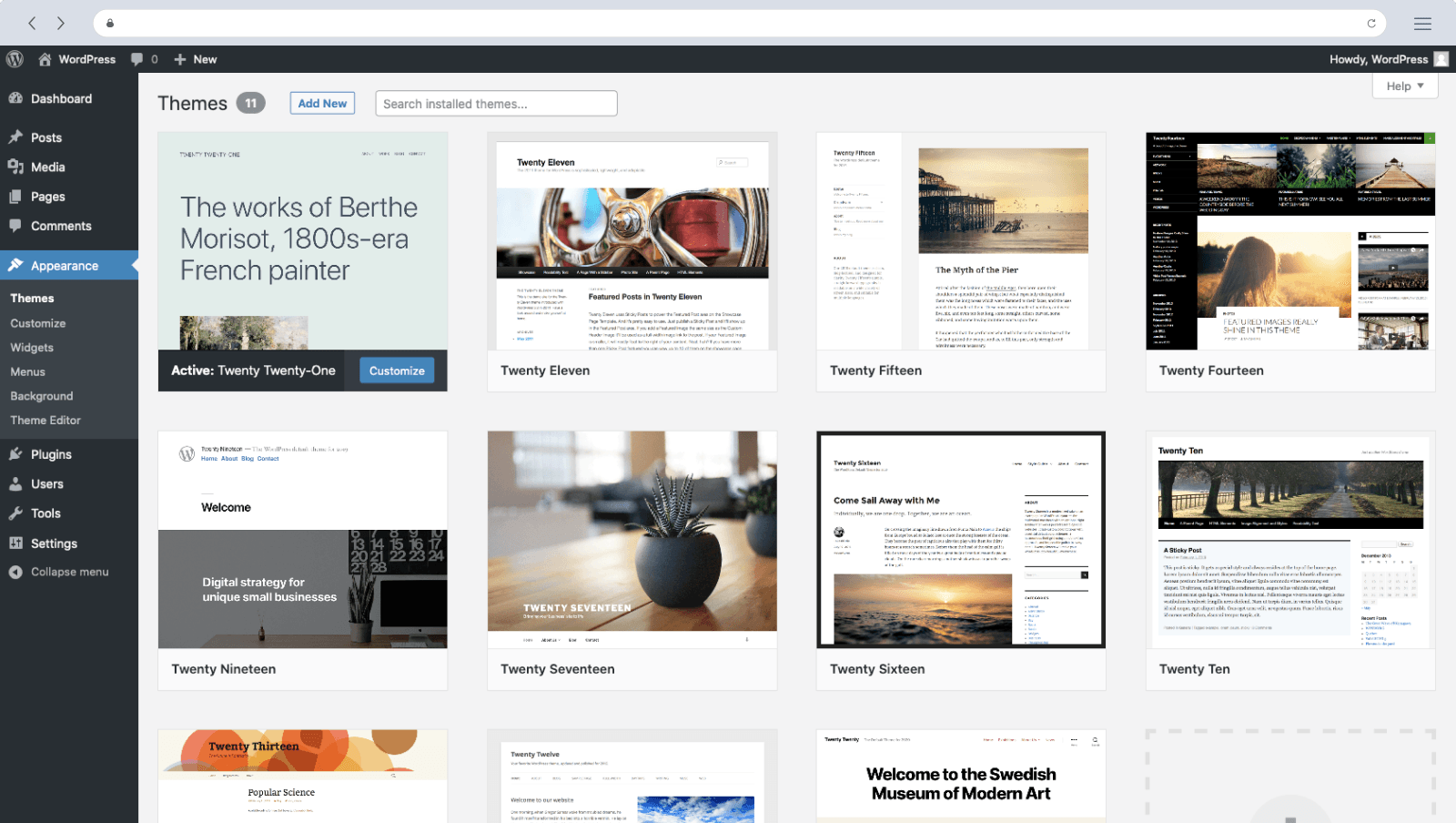Unconventional WordPress SEO Tips To Boost Your Rankings
Share

WordPress is one of the nicest content management systems. It’s clean to apply, effective and characteristic-packed, and what is more, it is free.
One of the pleasant things about WordPress is that it comes pre-established with a host of search engine optimization capabilities, all of which make optimizing your website for exposure in the search engines a bit simpler.
For instance, you can regulate your URL shape by changing permalink settings inside the settings menu. You can change your URLs to include a hyphenated web page, ad,d names, and classes, or maybe submit IDs.
However, despite being an extremely good tool, WordPress allows you to do some extra things that go unnoticed, which will help you optimize your website.

WordPress and Pagination:
One of the maxima disregarded search engine marketing elements when using WordPress is pagination. Pagination refers to linking to specific posts from a pinnacle class web page, e.g., Your essential blog page.
As you will see, the default WordPress installation lets you switch between newer and older posts by clicking the “newer” or “older” hyperlinks at the bottom of your blog page.
However, the main trouble with that is that engines like Google have to process very few hyperlinks that will access your older posts—this could minimize the quantity of attention search engines give to some of your older posts.
One approach to this hassle is to put in a plugin along with WP-Page Navi. This plugin will update the usual “older” or “newer” publish links with page numbers, e.g., 1, 2, 3, 4, five, and many others.
These extra pages can be related to the pinnacle category blog web page, and sooner or later, your older posts may get more attention from engines like Google.
One further way to get the maximum out of your search engine optimization is to alter the number of posts displayed on each web page. Google states that they’ll best crawl one hundred links on a given page; however, in my research, it is a ways from being a stringent cost.
You can grow the variety of posts you would love to display per web page within the analyzing settings alternative underneath the settings menu in WP-Admin. I recommend setting this to a minimum price of 20 posts consistent with a web page.
The_Content and The_Excerpt:
Duplicate content material can be a huge hassle, regardless of whether it is prominently in Google or in terms of. Search engines, a page of content search engines must always live on one single and canonical URL.
However, WordPress’s default setup can cause some problems in this area. The essential hassle is that the content created for a post can be displayed completely on special sections of a blog or website and exclusive URLs.
The most important sections of a WordPress Installation wherein this may arise include the put-up itself (in which the full put-up should be displayed), the class web page, the archive web page, and the blog web page.
Luckily, there may be a completely simple exchange you may make to rectify the hassle. Search your templates for the term “the_content” and replace it with “the excerpt” (but you have to be cautious not to try this together with your primary submit template).








